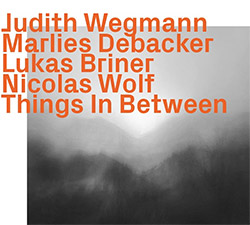
Featuring two pianists--Judith Wegmann and Marlies Debacker--and two percussionists--Lukas Briner and Nicolas Wolf (a duo who play concerts in the dark under the name of Night Shadow Noise)--in collective improvisations of two pianists or as a quartet of duel pianists and drummers, for seven exciting and sophisticated recordings of instant composition.
In Stock
Quantity in Basket: None
Log In to use our Wish List
Shipping Weight: 3.00 units
EU & UK Customers:
Discogs.com can handle your VAT payments
So please order through Discogs
Sample The Album:
Judith Wegmann-piano
Marlies Debacker-piano
Lukas Briner-drums
Nicolas Wolf-drums
Click an artist name above to see in-stock items for that artist.
UPC: 752156103929
Label: ezz-thetics by Hat Hut Records Ltd
Catalog ID: ezz-thetics 1039
Squidco Product Code: 31351
Format: CD
Condition: Sale (New)
Released: 2022
Country: Switzerland
Packaging: Cardboard Gatefold
Recorded at Musikschule, in Biel, Switzerland, in December, 2019, by Simon Fankhauser.
"This album features the relatively unusual quartet line-up of two pianists and two percussionists. Equally unusual, though less so than it once was: the leader on this date, pianist Judith Wegmann, is equally at home in improvisation and composed music. She's a composer, and an interpreter of composed music - her recording of Morton Feldman's Triadic Memories and For John Cage appeared recently on this label. But she's also a free improviser who draws on the tradition of jazz and improvisation. About the present quartet, she writes that "All four of us are primarily free improvising musicians. But when we play, everyone quickly has a concept in mind, which we then turn into a work. I hear from the first sound that is played where I want to go. When we rehearse, we are sure to try a few things that we might want to come back to later. But first and foremost, we play from the moment and compose in the moment." So this music stands closer to the improvised end of the performance- spectrum, though there are aspects of planning associated with paper composition.
It used to be that those who worked in both improvisation, and in interpretation of works, were predominantly from one or other side of the divide - think of Keith Jarrett (predominantly jazz) or Friedrich Gulda (predominantly classical). Third Stream music of the 1950s and 60s rested on distinct aesthetics, and tried to combine the larger structures of Western notated music with jazz's aesthetics of improvisation. But a growing number of musicians - maybe John Tilbury is an early example - are true masters in both areas. Tyshawn Sorey is a contemporary example; Judith Wegmann is another. Today, thanks to such musicians, improvised and notated music no longer seem like separate musical worlds.
Note that Wegmann used the term "work" to describe the results on this recording. I'd argue that this means that the pieces aren't pure improvisations. An improviser - as opposed to a classical interpreter of paper composition who is concerned to express improvised values - does not produce works, except in the narrow sense of recordings of improvisations. That is because "work" refers to art that is essentially portable, rather than created for a specific occasion; music intended for repeat performance, or a painting that is framed and portable, and so on. Artworks in this narrow sense are a phenomenon of modernity.
As Lydia Goehr argued in her book The Imaginary Museum of Musical Works, the musical work-concept appeared only in the 18th century, and not fully until the early 20th century - though many musical compositions produced earlier are now treated as works. Thus when Bach was Kapellmeister at Köthen, he wrote for a particular location and set of performers, without thought of portability; performers were expected to embellish and elaborate. His compositions became works. A work, strictly understood, may be inspired by or commissioned for a particular occasion, or particular performers, but is not limited in performance by this. There are obvious parallels with developments in other arts, related to art's growing autonomy, and its commodification.
Improvisations are not "works" in that they're not intended for repeat performance - though, to reiterate, recordings of them may be. They're not individually crafted - except, again, in studio post-production - but obviously involve craft. The improviser practises so that they can be more prepared for what Steve Lacy called "the leap", when they create spontaneously in the moment. So improvisation is a method of composition in the broad sense of producing a pleasing structure (as opposed to the narrow sense of writing a score to be interpreted by a performer). But it's not a method of producing works - or so I'd argue. That's not in any way to denigrate it; some of the greatest musical art is improvised. It follows that a musical improviser can be a perfectionist - someone who is concerned to perfect a work - only in specialised senses.
The pieces on this recording have that fluidity of conception characteristic of the greatest improvisations - but also a sense of rightness and permanence. The formation of two pianists and two percussionists isn't unheard of - for instance, it's featured in the remarkable Tonband by Enno Poppe and Wolfgang Heiniger, released in 2021. In Judith Wegmann's case, the line-up evolved from a piano duo. After Wegmann performed a concert in Cologne with Belgian pianist Marlies Debacker, they decided to join forces. As Wegmann comments, "We have similar ideas about music and are both very flexible, from free jazz to classical music to improvisation." In recent years she has drawn intensively on the classical literature, as well creating new and improvised music for piano duos. In 2019, the duo became a quartet with the addition of Swiss jazz drummers Lukas Briner and Nicolas Wolf, themselves duo partners since 2017.
Wegmann comments that in these performances, "Two of the same instruments become one body of sound. That's what fascinates me." Having "one body of sound" means that the two pianists keep out of each other's way, knowing intuitively how to avoid textural congestion - a common problem with piano duos. The pieces are a mix of quartets and piano duos, in contrasting moods. The roiling energy of "Quartett 10" is broken by passages of calm and repose. The vibrant "Duo 07" is replete with darting, quicksilver forays, pulsating with inner life. "Quartett 05" is pointillist, its dramatic gestures isolated in space. The delicately adumbrated "Duo 08" delights with its sotto voce reflections. "Quartett 06" is quietly dirge-like in its tintinnabular tollings, which feature work on the piano's interior. This is a magical collection of pieces whose evanescent effects live in the memory."-Andy Hamilton, October 2021
Artist Biographies
• Show Bio for Judith Wegmann "Swiss pianist Judith Wegmann started to play the piano at the age of six. Shereceived her education at the famous Jazz School of Lucerne and the Swiss Jazz School of Bern with Roberto Domeniconi, Olivier Truan and ChristyDoran, focusing on Modern Jazz and Free Improvisation. Subsequently she earned a Bachelor and a Master's degree with highest distinctions in Classical Studies(Pedagogy and Piano) from the Music Universities in Neuchâtel and Lucerne. She continued studying with renowned musicians including Sebastian Risler, Karl-Andreas Kolly, Tobias Schabenberger, and Gerardo Vila, and attended Master Classes in Switzerland, France and Austria. Recently,she completed a second Master's degree at the Conservatory of Basel (with Fred Frith and Alfred Zimmerlin), concentrating on free improvisation and Contemporary Music. As a classical pianist Judith performs on stage on a regular basis and in different chamber music formations. Her ability to switch between different genres allows her to engage in classical, contemporary as well as improvisation-based projects. Judith frequently conceptualizes concert programs, taking management responsibilities from the early stages of planning to the public performance. Her concerts have been performed in Switzerland as well as abroad - for example "Bach, Schumann et l'ombre de Nico" with Alexandre Caldara (F/CH, 2006) or the performance series "Outdoor-Dialoge" with Claudia Bucher (2009/10). Cross-disciplinary projects are an important aspect of her work. Collaborations with composers, visual artists and writers foster new approaches and paths, as in"Schwarzberg" with Swiss composer Werner Bärtschi and Arno Camenisch (2011). She was hired bythe "Kunsthalle Basel" for the widely celebrated Swiss premiere of afro-american composer Julius Eastman's "Songs for a mad King"in 2013. In thesame year she participated in the production "Manon -Soundtrack des Lebens" for the "young stage" of the theater Biel-Solothurn. Further projects are planned for the near future. In 2011 and 2015 she was awarded a distinguished grant "Förderpreis" by the canton of Zug, Switzerland, which supported some of her most innovative projects. In 2013 she founded the New4Art Ensemble. Her work with this ensemble was awarded a prize by the city of Biel "Werkbeitrag". This award she also received in the years 2014 and 2015. Judith has been a member of the board of the Society of Free Improvisation ("Werkstatt für die freie Improvisierte Musik") in Bern since 2015 and is head of their"open workshop-". In 2017 her first Solo CD was released by HatHut records,which received a positive international reiew." ^ Hide Bio for Judith Wegmann • Show Bio for Marlies Debacker "Marlies Debacker is a Belgian pianist and performer of free improvised music, free jazz as well as contemporary classical music based in Cologne. She does extensive research on the sound possibilities of her instrument with a focus on resonance, pedal work, inside piano playing and the use of various preparations, thus allowing her to move between the conventional sound of a piano and various percussive and pseudo-electronic sounds. Apart from playing the piano she often performs on vintage keyboards as well. Following her bachelor studies at the Koninklijk Conservatorium Antwerp, she studied her masters degree at the Hochschule für Musik und Tanz Köln, followed by a masters degree in Contemporary Music at the Folkwang UdK Essen, with Benjamin Kobler and Prof. Barbara Maurer. Debacker is a curator of the 'Plattform Nicht Dokumentierbarer Ereignisse' - a concert series for improvised music that has an over 15 year long tradition in Cologne. Debacker is also member of IMPAKT, Cologne's young collective of improvisers. She is an active performer of contemporary music, solo and with Trio Abstrakt. Debacker performed at various festivals such as Acht Brücken Köln, Biennale del arte Venezia, IMPULS! Graz, PGNM Biennale Aktueller Musik Bremen, Serious Series Berlin, Klangspuren Schwaz, NOW!-Festival Essen, has participated in theatre works of Schauspiel Köln ("Aus dem bürgerlichen Heldenleben") as well as other transdisciplinary projects and has been invited to residencies such as "human noise congress 2019" " ^ Hide Bio for Marlies Debacker • Show Bio for Lukas Briner "Lukas Briner (*1991, Aarau) is a drummer and composer in various bands and styles. Lukas studies drums with Marcel Papaux at the Jazz School in Lausanne and completes a master's degree in jazz composition with Emil Spányi, Pierre Audétat and Jacques Demierre. During this time he was able to establish contacts with the francophone scene and play concerts with Pierrick Pédron, Pascal Auberson and at Sunset/Sunside in Paris. He then studied in Lucerne with Pierre Favre, Gerry Hemingway and Norbert Pfammatter. In the course of his studies, Lukas deepened his interest in freely improvised music and attended master classes with Okkyung Lee, Günter Baby Sommer, Peter Evans and Sabine Vogel. Lukas plays concerts in the dark with percussionist Nicolas Wolf under the name of night shadow noise, in which the sound possibilities of a reduced set-up are explored and a special context is created through the darkness. In the new quintet Hyla Crucifer, texts from a wide variety of sources are set to music in a dark jazz/pop setting. The Trio Leib with bass clarinetist Kevin Sommer and guitarist Cyrill Ferrari stands at the interface between free-punk outbursts and slowly expanding sound structures. With the eight-piece band Pamplona Grup, for which he also composes, Lukas plays over a hundred concerts at home and abroad and records his first album "hoi" in 2016 at the Konk Studios London. Lukas is a sideman in Vera Baumann's "Kein" feat. John Voirol, Scarlet Mary and other bands active. In his solo project Plunderphobia Lukas devotes himself to electronic music and works at the interface between music and film. Using audio and video sampling, he deconstructs and alienates found footage and releases his first EP "Somnambulisme" in 2019. As a composer, Lukas has a penchant for unusual instrumentations, such as in the "Sirenenelegie" for two theremins, violin and viola, performed at the NODE Festival Lausanne with Lydia Kavina and Thierry Frenkel on the theremins. Other compositions include "...avec les cymbales retentissantes" for organ and four percussionists, "Sans Toit Ni Loi" for two guitarists and drums on rooftops and "Nothing Man Makes" for choir (Inmates' Voices Tour/Album 2015). Lukas has been teaching at the music school in Zollikofen-Bremgarten since 2018 and also gives private lessons. At the workshop for improvised music in Bern (WIM) he moderates the open workshop in co-leadership with Judith Wegmann." ^ Hide Bio for Lukas Briner • Show Bio for Nicolas Wolf Nicolas Wolf is a German drummer, involved with the projects playlist duel, canned swing - traditional swing, solo-performances, 1000 m.ü.M., WedekindWolf, nous, après le déluge, schlafkonzerte, mørk, Steiner - Friedli - Wolf, rumble in the jungle - musical boxing match, nachtschattengeräusche - cymbal duo, lily - improvised songs, sommerwolf, improvised music, berufsmusiker - dauerperformance. ^ Hide Bio for Nicolas Wolf
6/18/2025
Have a better biography or biography source? Please Contact Us so that we can update this biography.
6/18/2025
Have a better biography or biography source? Please Contact Us so that we can update this biography.
6/18/2025
Have a better biography or biography source? Please Contact Us so that we can update this biography.
6/18/2025
Have a better biography or biography source? Please Contact Us so that we can update this biography.
Track Listing:
1. 4 Art-1 7:00
2. 2 Art-1 10:33
3. 4 Art-2 4:13
4. 2 Art-2 17:09
5. 4 Art-3 7:57
6. 2 Art-3 8:41
7. 4 Art-4 5:21
Hat Art
Improvised Music
Free Improvisation
European Improvisation, Composition and Experimental Forms
Collective & Free Improvsation
Piano & Keyboards
Percussion & Drums
Duo Recordings
Quartet Recordings
Staff Picks & Recommended Items
Hat Hut Masters Sale
Search for other titles on the label:
ezz-thetics by Hat Hut Records Ltd.
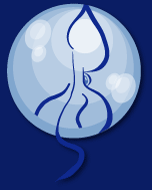

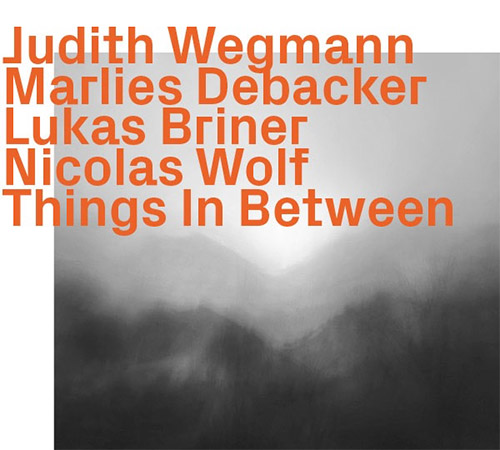
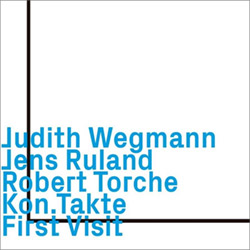
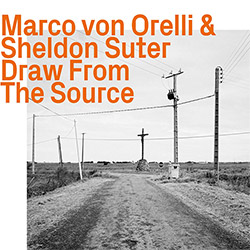
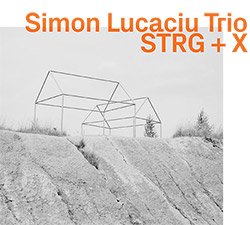

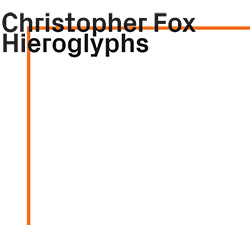

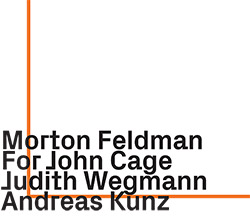
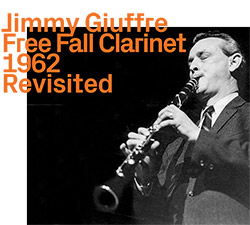
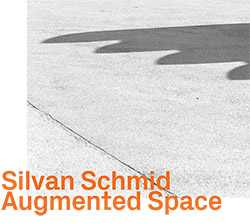
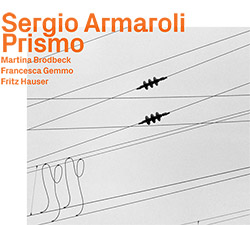
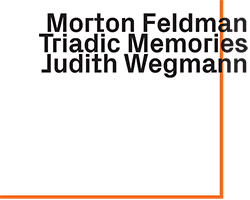
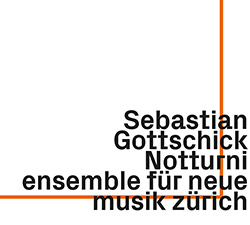
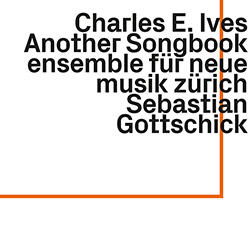
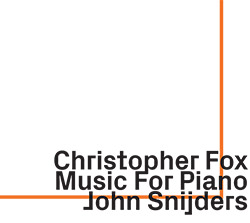
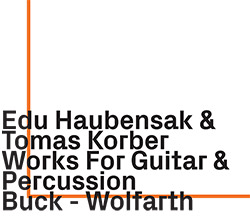
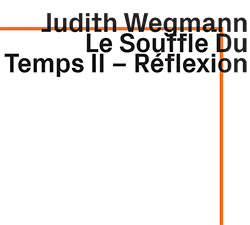
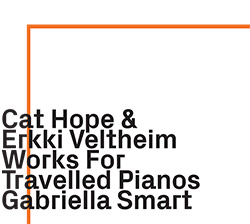
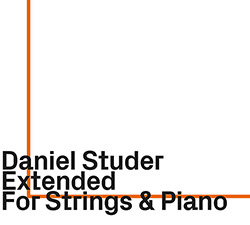

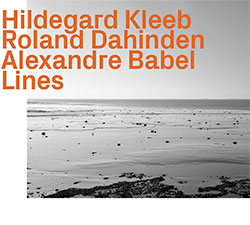

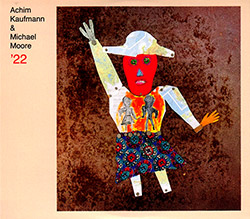

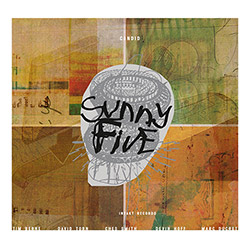
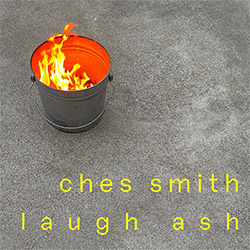
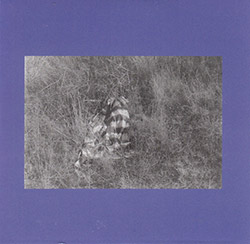

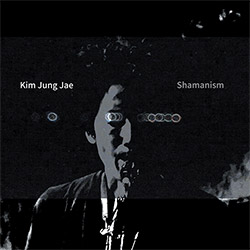
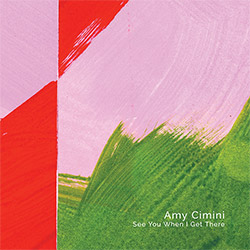
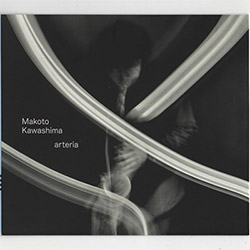
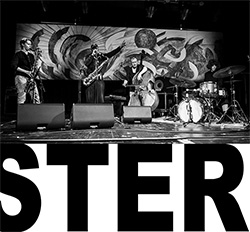
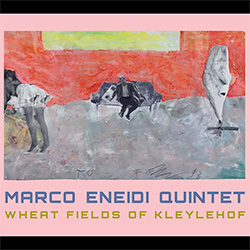
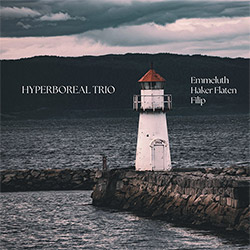
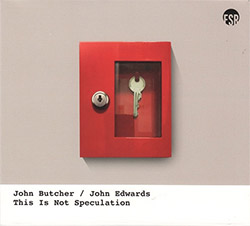
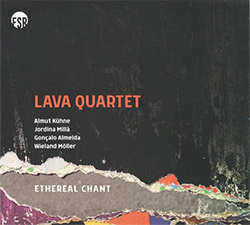
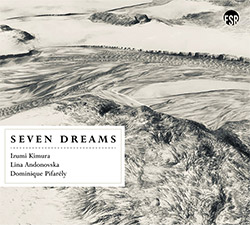
![Deupree, Jerome / Sylvie Courvoisier / Lester St. Louis / Joe Morris: Canyon [2 CDs]](https://www.teuthida.com/productImages/misc4/36404.jpg)
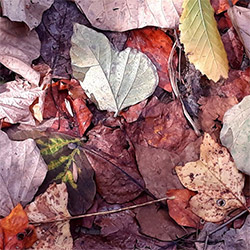
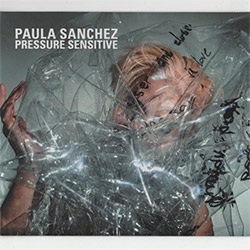
![Eternities: Rides Again [CASSETTE]](https://www.teuthida.com/productImages/misc4/36247.jpg)
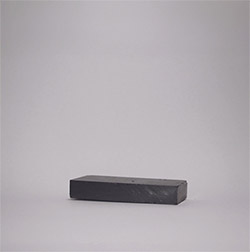
![Lopez, Francisco: Untitled (2021-2022) [2 CDs]](https://www.teuthida.com/productImages/misc4/36438.jpg)
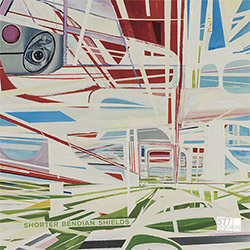
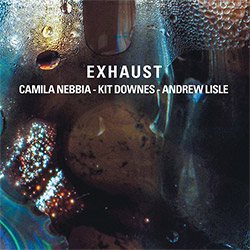
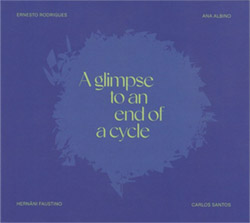
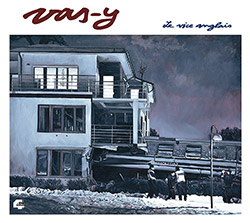
![Eventless Plot | Haarvol: The Subliminal Paths [CASSETTE + DOWNLOAD]](https://www.teuthida.com/productImages/misc4/36232.jpg)

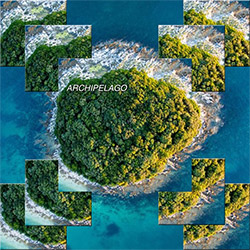
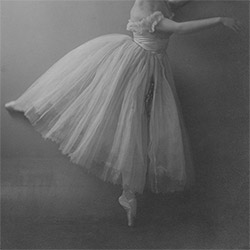

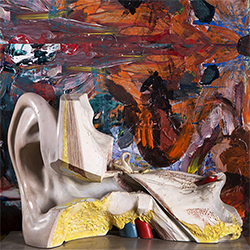
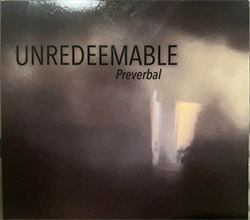
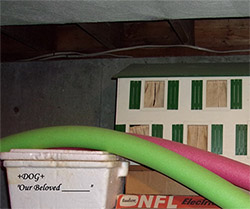
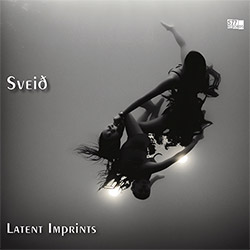
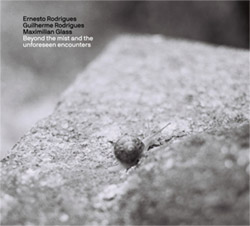

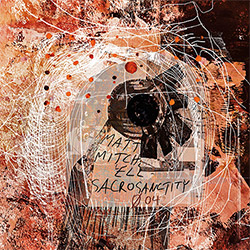
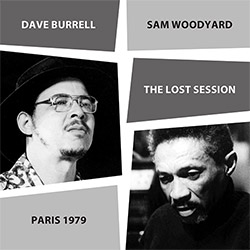
![Eventless Plot | Francesco Covarino: Methexis [CASSETTE + DOWNLOAD]](https://www.teuthida.com/productImages/misc4/36231.jpg)
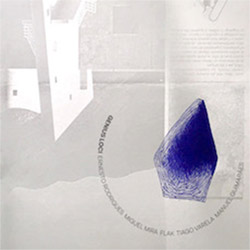
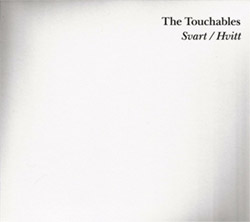
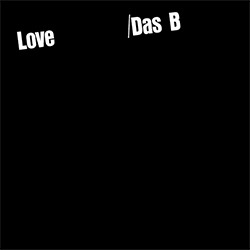
![Das B (Mazen Kerbaj / Mike Majkowski / Magda Mayas / Tony Buck): Love [VINYL]](https://www.teuthida.com/productImages/misc4/36329.jpg)
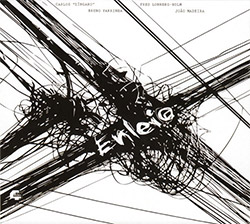
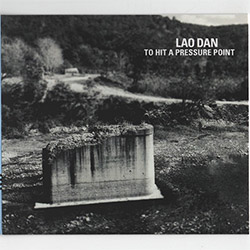
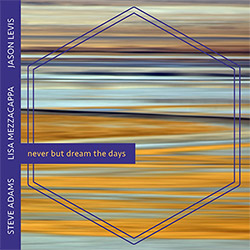
![Hemphill Stringtet, The: Plays the Music of Julius Hemphill [VINYL]](https://www.teuthida.com/productImages/misc4/36409.jpg)
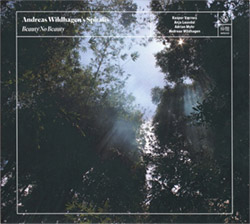
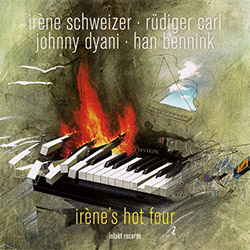
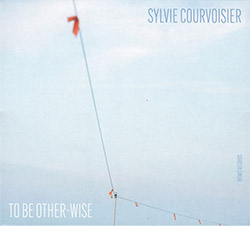
![Halvorson, Mary Septet: Illusionary Sea [2 LPS]](https://www.teuthida.com/productImages/misc4/17952.jpg)
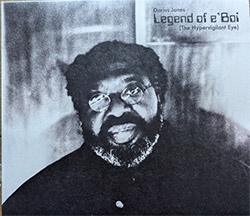
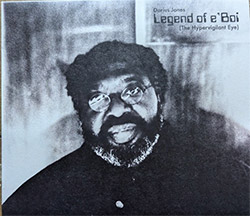
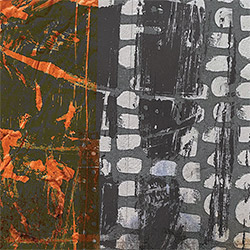
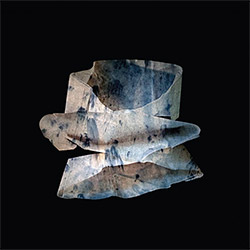
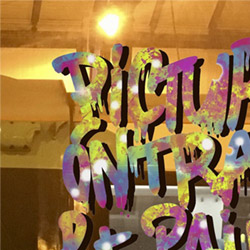
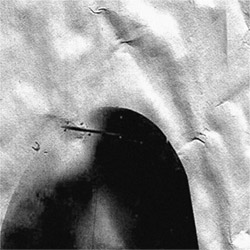
![Money : Money 2 [2 CDs]](https://www.teuthida.com/productImages/misc4/35894.jpg)
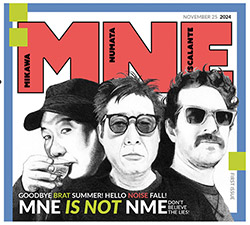
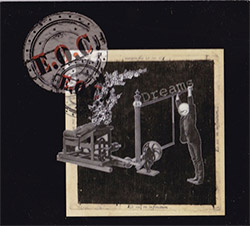
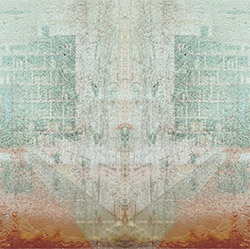
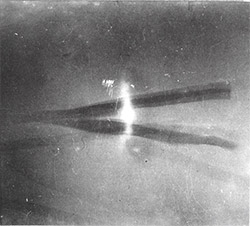
![Klinga, Erik: Elusive Shimmer [VINYL]](https://www.teuthida.com/productImages/misc4/36258.jpg)
![CHANGES TO blind (Phil Zampino): Volume 9 - I Wave on a Fine Vile Mist [CD + DOWNLOAD]](https://www.teuthida.com/productImages/misc4/36061.jpg)

![Wallmart / Rubbish: Asset Protection [split CD]](https://www.teuthida.com/productImages/misc4/35900.jpg)
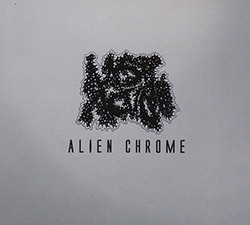
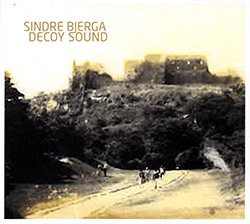
![+Dog+: The Family Music Book Vol. 5 [2 CDs]](https://www.teuthida.com/productImages/misc4/35897.jpg)
![Kuvveti, Deli : Kuslar Soyledi [CASSETTE w/ DOWNLOAD]](https://www.teuthida.com/productImages/misc4/36107.jpg)
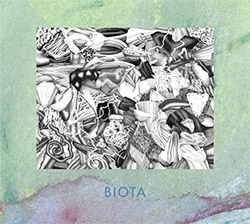
![Nakayama, Tetsuya: Edo Wan [CASSETTE w/ DOWNLOAD]](https://www.teuthida.com/productImages/misc4/36105.jpg)

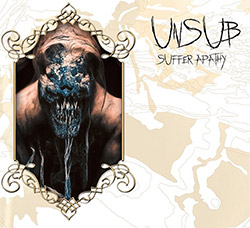
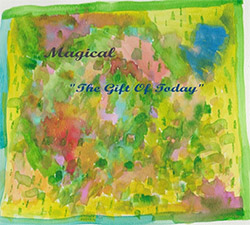
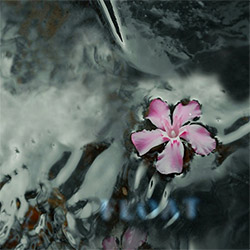
![Yiyuan, Liang / Li Daiguo: Sonic Talismans [VINYL]](https://www.teuthida.com/productImages/misc4/35957.jpg)
![Brown, Dan / Dan Reynolds: Live At The Grange Hall [unauthorized][CASSETTE]](https://www.teuthida.com/productImages/misc4/36245.jpg)
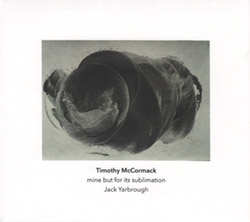

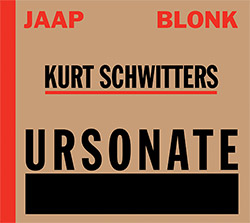
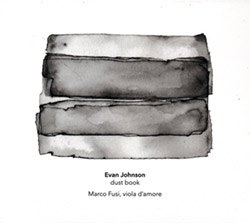
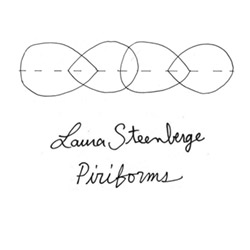
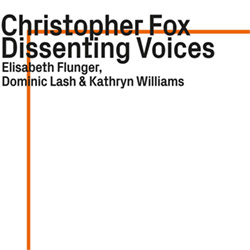
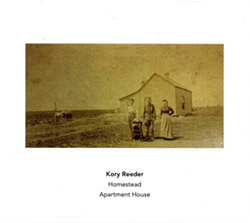
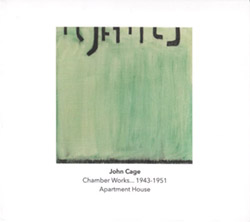
![Palestine, Charlemagne / Seppe Gebruers: Beyondddddd The Notessssss [VINYL]](https://www.teuthida.com/productImages/misc4/36206.jpg)
![Palestine, Charlemagne / Seppe Gebruers: Beyondddddd The Notessssss [NEON GREEN VINYL]](https://www.teuthida.com/productImages/misc4/36207.jpg)
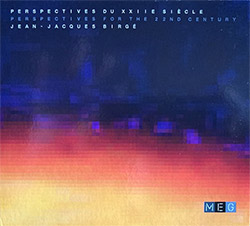
![Laubrock, Ingrid: Purposing The Air [2 CDs]](https://www.teuthida.com/productImages/misc4/35639.jpg)
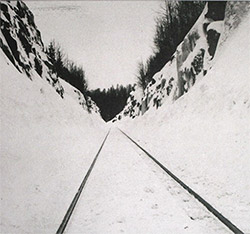
![Yoko, Ono / The Great Learning Orchestra: Selected Recordings From Grapefruit [2 CDs]](https://www.teuthida.com/productImages/misc4/35841.jpg)
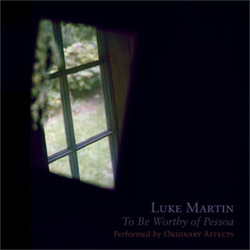
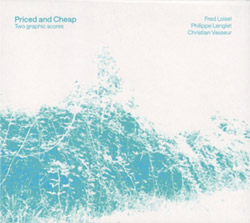
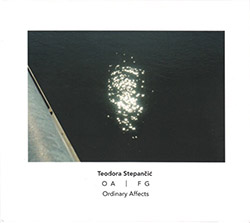
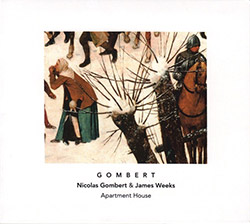

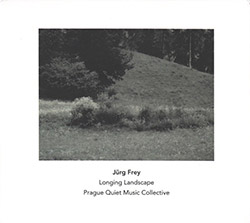


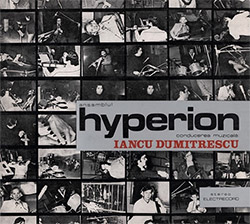
![Zorn, John / JACK Quartet: The Complete String Quartets [2 CDs]](https://www.teuthida.com/productImages/misc4/35609.jpg)

![Lonsdale, Eden: Dawnings [2 CDs]](https://www.teuthida.com/productImages/misc4/35480.jpg)
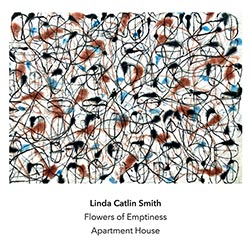
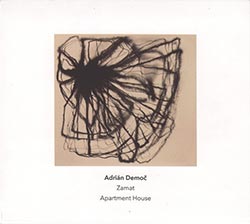
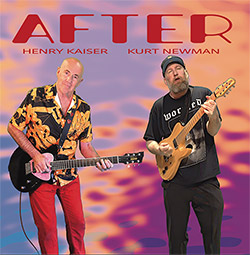
![Sorry For Laughing (G. Whitlow / M. Bates / Dave-Id / E. Ka-Spel): Rain Flowers [2 CDS]](https://www.teuthida.com/productImages/misc4/35985.jpg)

![Rolando, Tommaso / Andy Moor : Biscotti [CASSETTE w/ DOWNLOADS]](https://www.teuthida.com/productImages/misc4/36106.jpg)
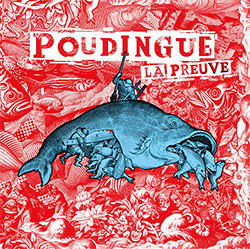
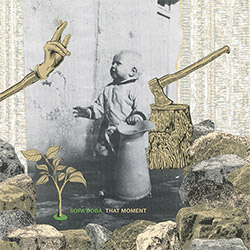
![Electric Bird Noise / Derek Roddy: 8-10-22 [CD EP]](https://www.teuthida.com/productImages/misc4/35970.jpg)
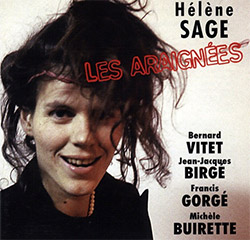


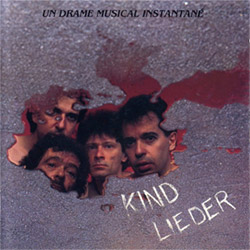
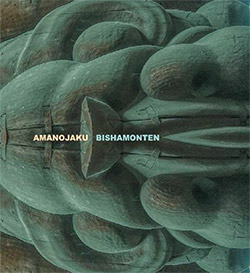
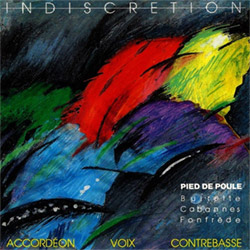
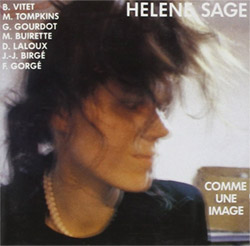
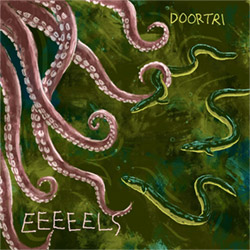
![Elephant9 : Mythical River [VINYL]](https://www.teuthida.com/productImages/misc4/34624.jpg)
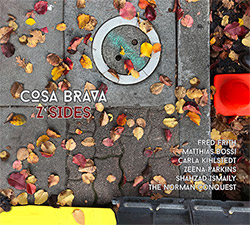
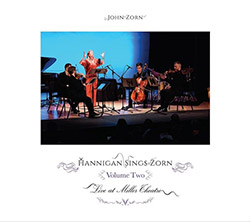
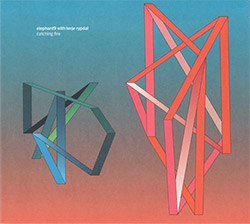
![Elephant9 with Terje Rypdal: Catching Fire [VINYL 2 LPs]](https://www.teuthida.com/productImages/misc4/35355.jpg)
![Deerlady (Obomsawin, Mali / Magdalena Abrego): Greatest Hits [VINYL]](https://www.teuthida.com/productImages/misc4/34876.jpg)
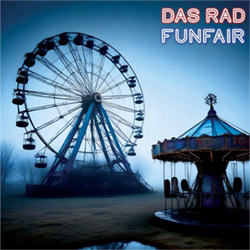
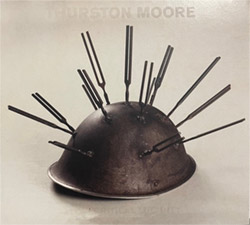
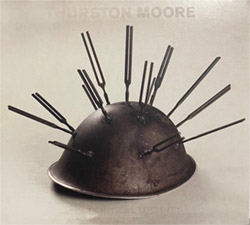

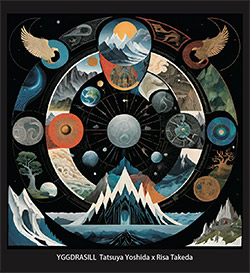
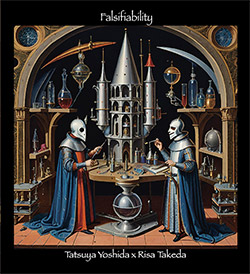
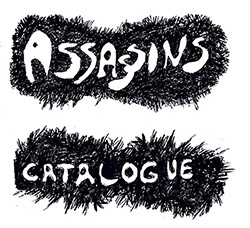
![Surplus 1980: Illusion of Consistency [CD]](https://www.teuthida.com/productImages/misc4/35069.jpg)
![Staiano, Moe: Away Towards the Light [VINYL + DOWNLOAD]](https://www.teuthida.com/productImages/misc4/35037.jpg)
![Coley, Byron: Dating Tips for Touring Bands [VINYL]](https://www.teuthida.com/productImages/misc4/17906.jpg)
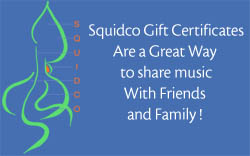
![Lost Kisses: My Life is Sad & Funny [DVD]](https://www.teuthida.com/productImages/misc4/lostKissesDVD.jpg)